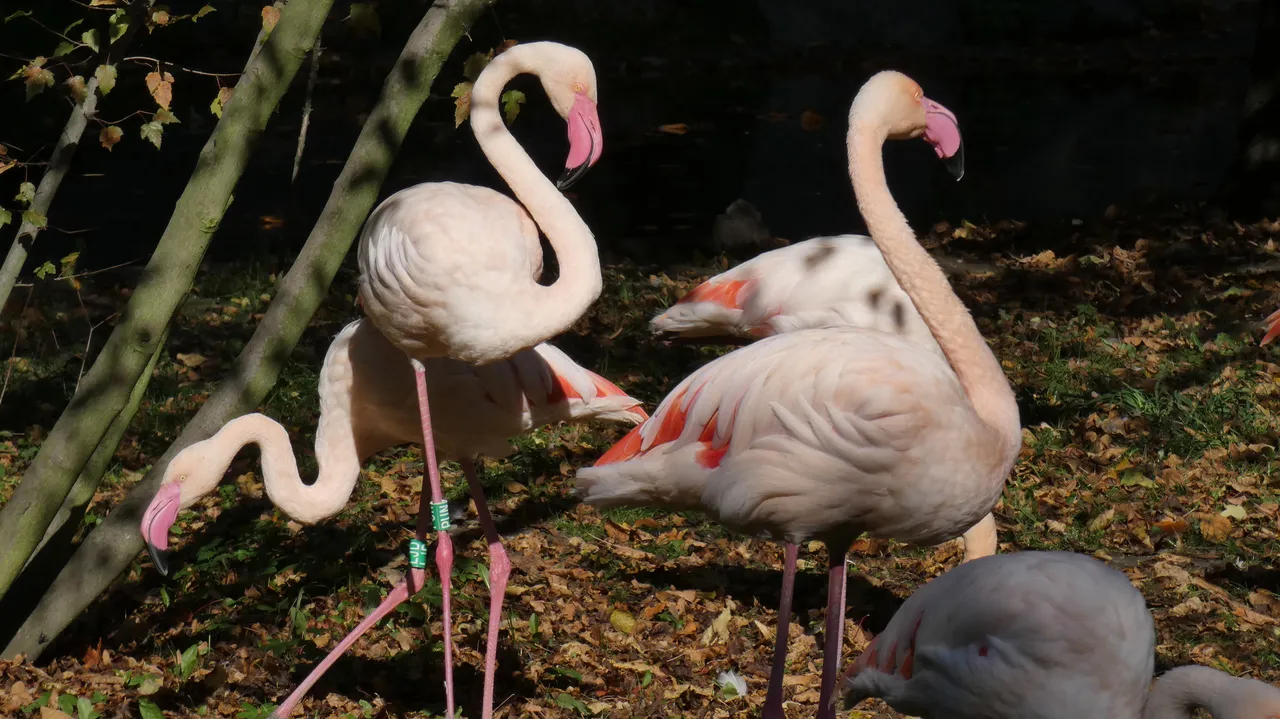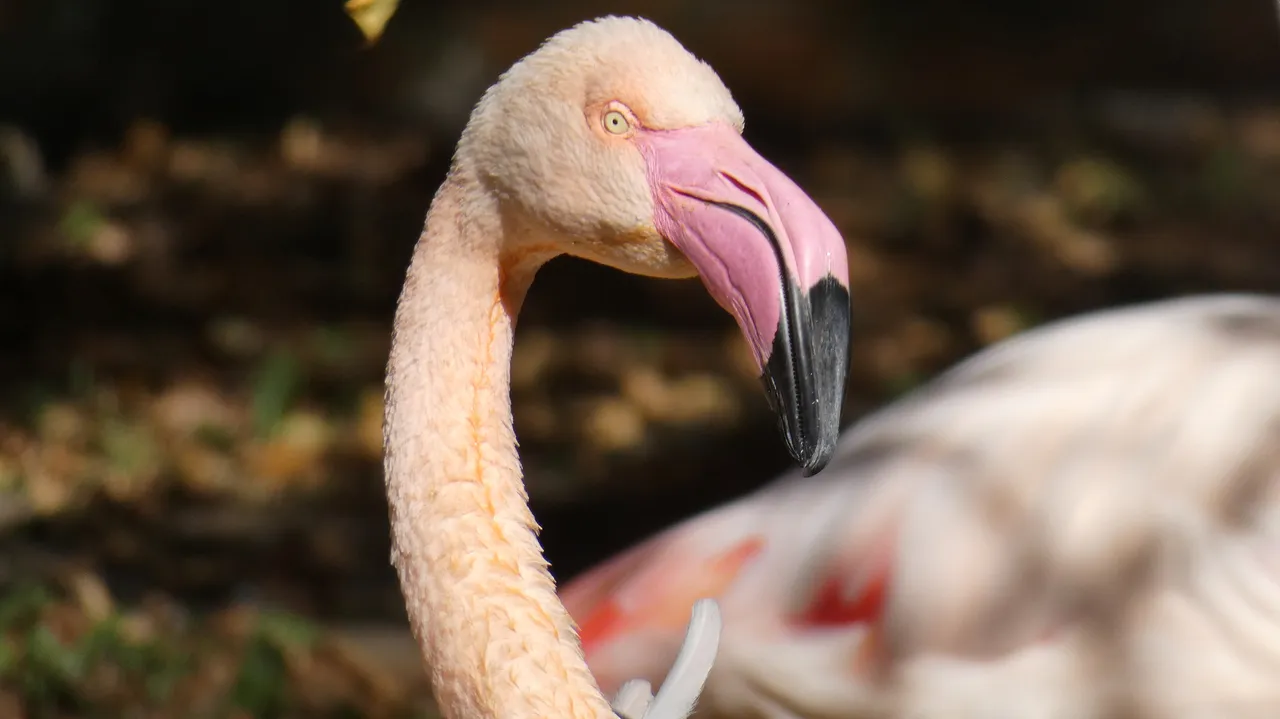
You may wonder which bird is the most beautiful in the world, but there is no doubt that the Flamingo is one of the elite beauties in the world of birds on earth.
Można się zastanawiać na tym, który ptak jest najpiękniejszy na świecie, ale nie ma wątpliwości, że Flaming należy do elity piękności w świecie ptaków na ziemi.


Flamingo neck
Szyja flamingów
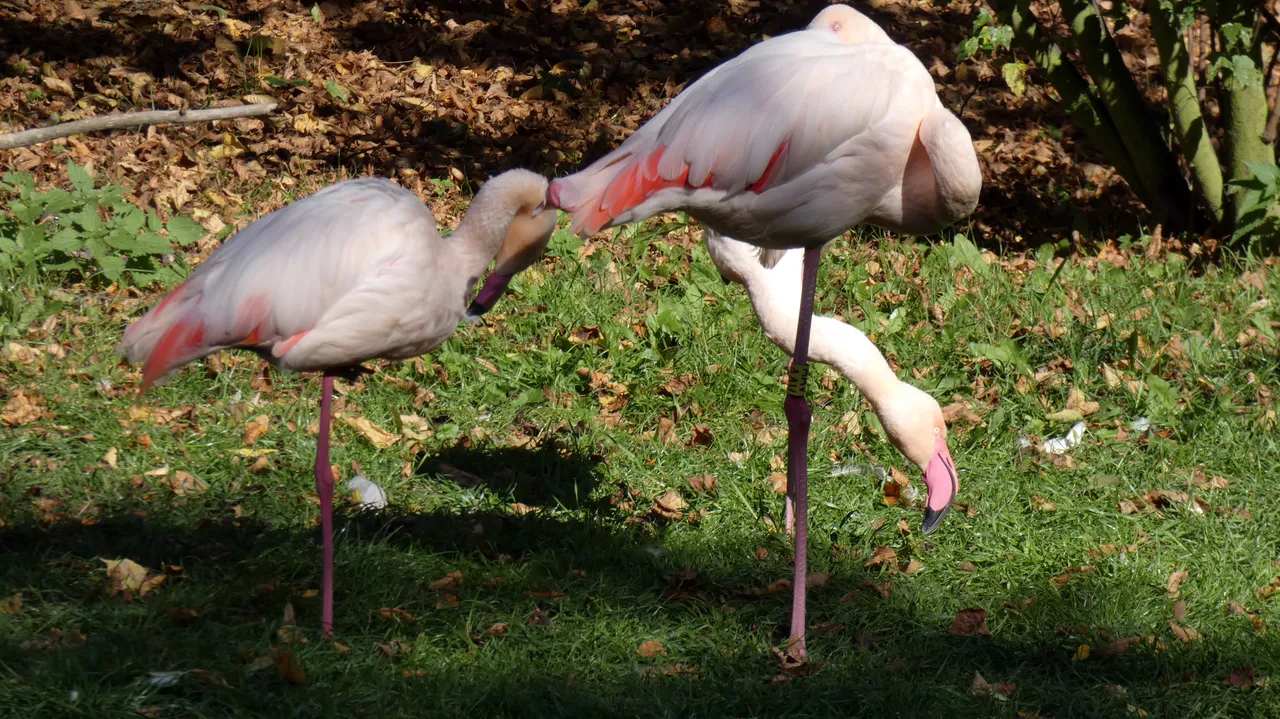
When I watched a flock of flamingos in our zoo, when they came out in the last strong sun this season, their necks waved in all directions as if they were being pulled by a strong wind. They owe it to the incredible flexibility of their neck, which has as many as 20 vertebrae and allows movements in virtually every direction.
Gdy obserwowałem stadko flamingów w naszym ZOO, gdy wyszły na ostatnie mocne słońce w tym sezonie, ich szyje falowały we wszystkich kierunkach, jakby targał nimi silny wiatr. Zawdzięczają to niesamowitej gibkości swojej szyi, która posiada aż 20 kręgów i umożliwia ruchy praktycznie w każdym kierunku.
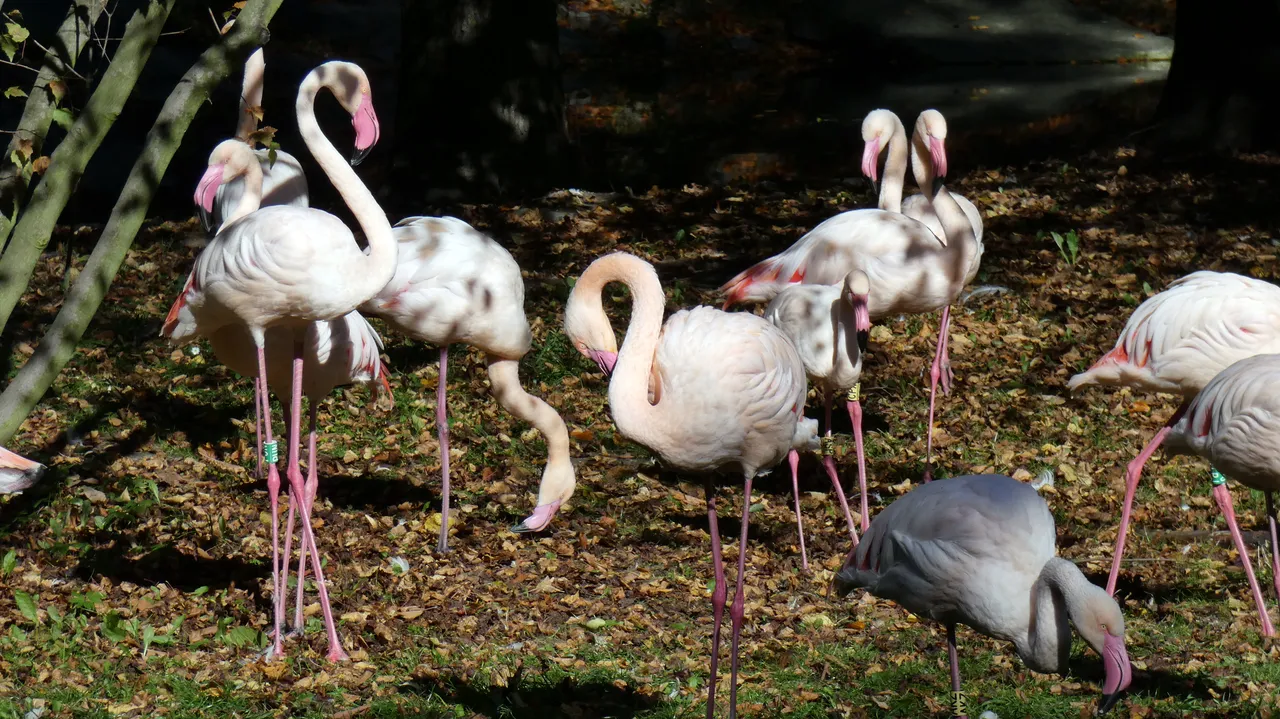
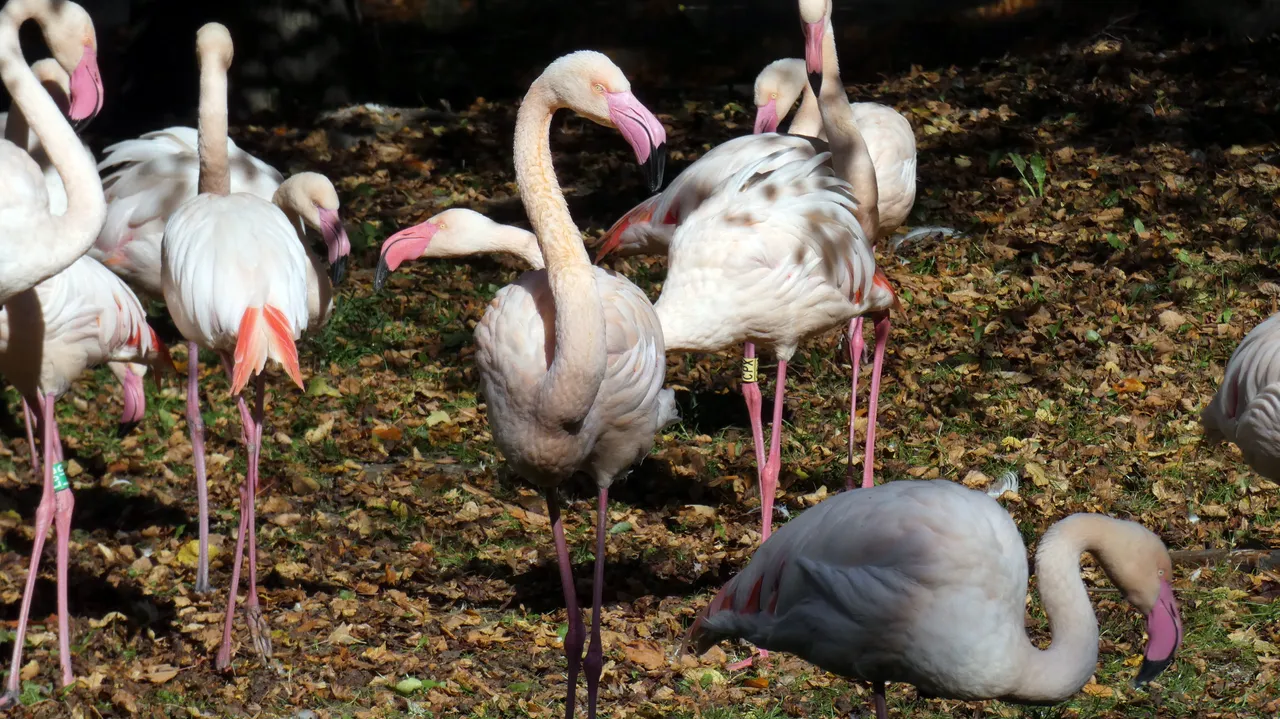
This seemingly delicate bird can reach up to 170 cm in height, is at the same time large and subtle, because despite such a height it does not often weigh more than 4 kg.
Ten z pozoru delikatny ptak może osiągnąć aż 170 cm wysokości, jest jednocześnie wielki i subtelny, bo mimo takiego wzrostu nieczęsto waży więcej niż 4 kg
Flamingo food
Pokarm Flamingów
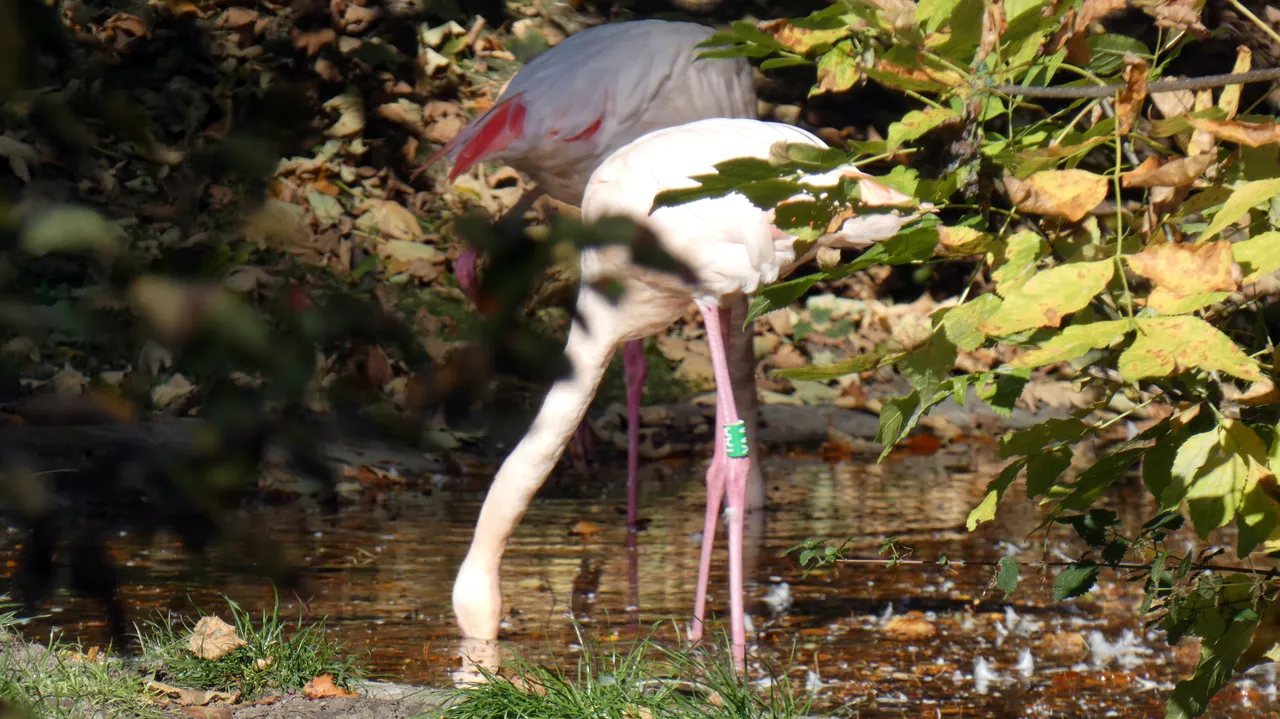
Such a large specimen with its head immersed in shallow water looks very interesting. This is a peculiar way for Flamingos to feed. They are not picky, they eat virtually anything that is less than 1 cm. They are mainly plants, molluscs, crustaceans, snails, seeds and small fish.
Bardzo ciekawie wygląda tak wielki osobnik, z głową zanurzoną w płytkiej wodzie. W ten osobliwy sposób Flamingi się posilają. Nie są wybredne, zjadają praktycznie wszystko co ma nie więcej 1 cm. Są to głównie rośliny, mięczaki, skorupiaki, ślimaki, nasiona czy małe rybki.

Specialist beak
Specjalistyczny dziób
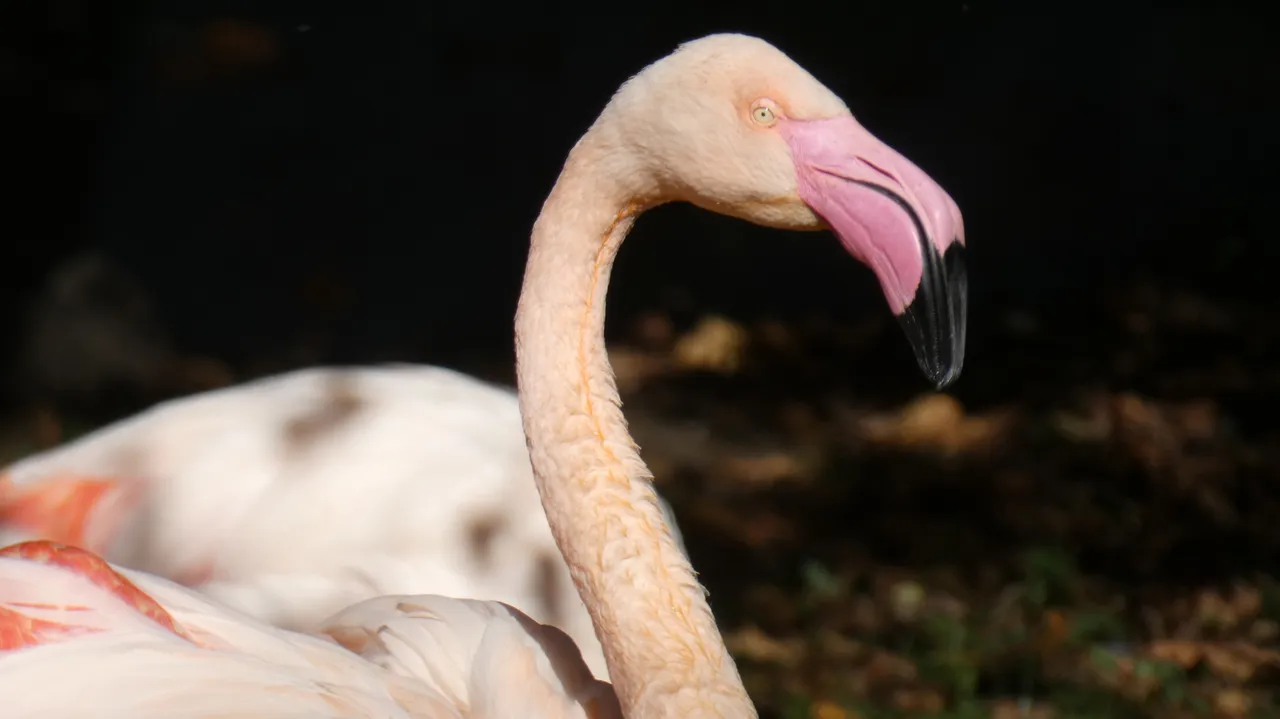

The way these birds obtain food is very interesting. They have a very specifically constructed beak, which, when submerged in water, is used to drain the water clouded by shifting from foot to foot, to separate the elements suitable for food from the water and silt.
Bardzo ciekawy jest sposób pozyskiwania pokarmu przez te ptaki. Posiadają one bowiem bardzo specyficznie skonstruowany dziób, który zanurzony w wodzie służy do odcedzania wody zmąconej przestępowaniem z nogi na nogę, aby odseparować od wody i mułu elementy nadające się do jedzenia.


The bird immerses its head in water or mud in such a way that the upper part of its beak is below the lower one and pumps water with the movements of its tongue. Food is deposited on special lamellae in the jaw.
Ptak zanurza głowę w wodzie lub błocie w taki sposób, że górna część dziobu jest poniżej dolnej a ruchami języka pompuje wodę. Na specjalnych blaszkach szczęki zwanych lamella osadza się pokarm.
Where does this pink color come from in flamingos
Skąd ten różowy kolor u flamingów
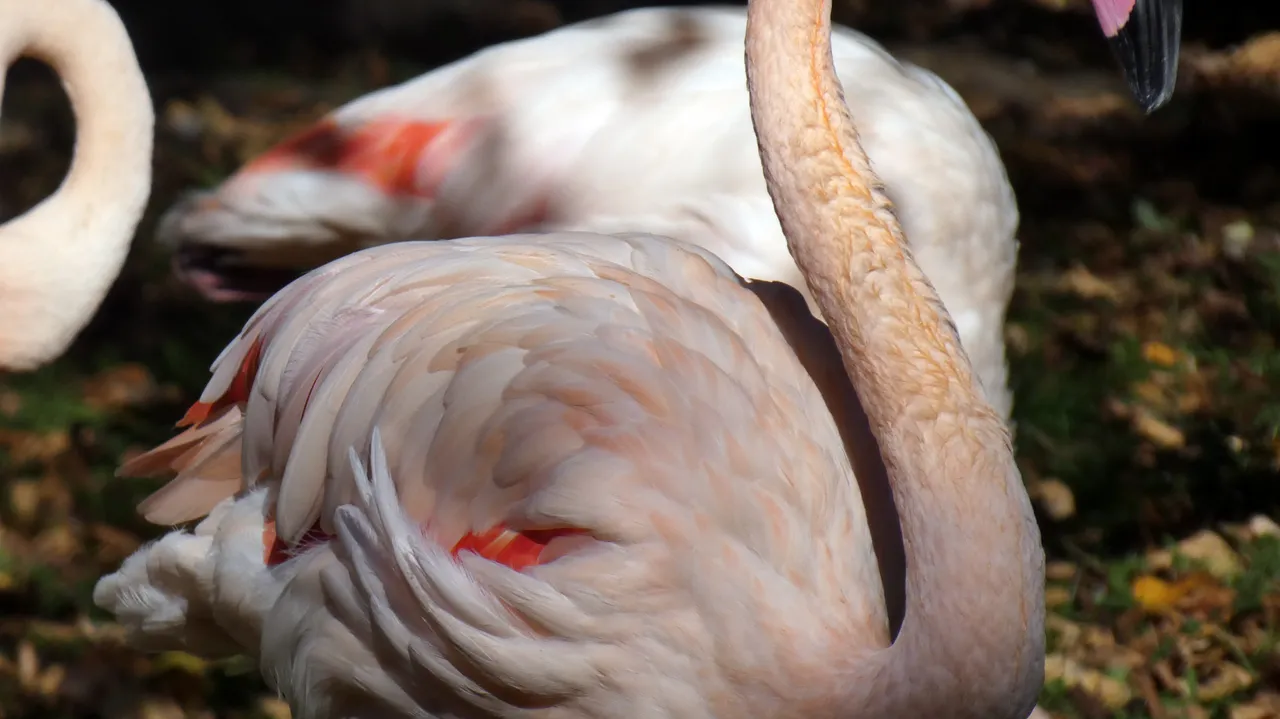

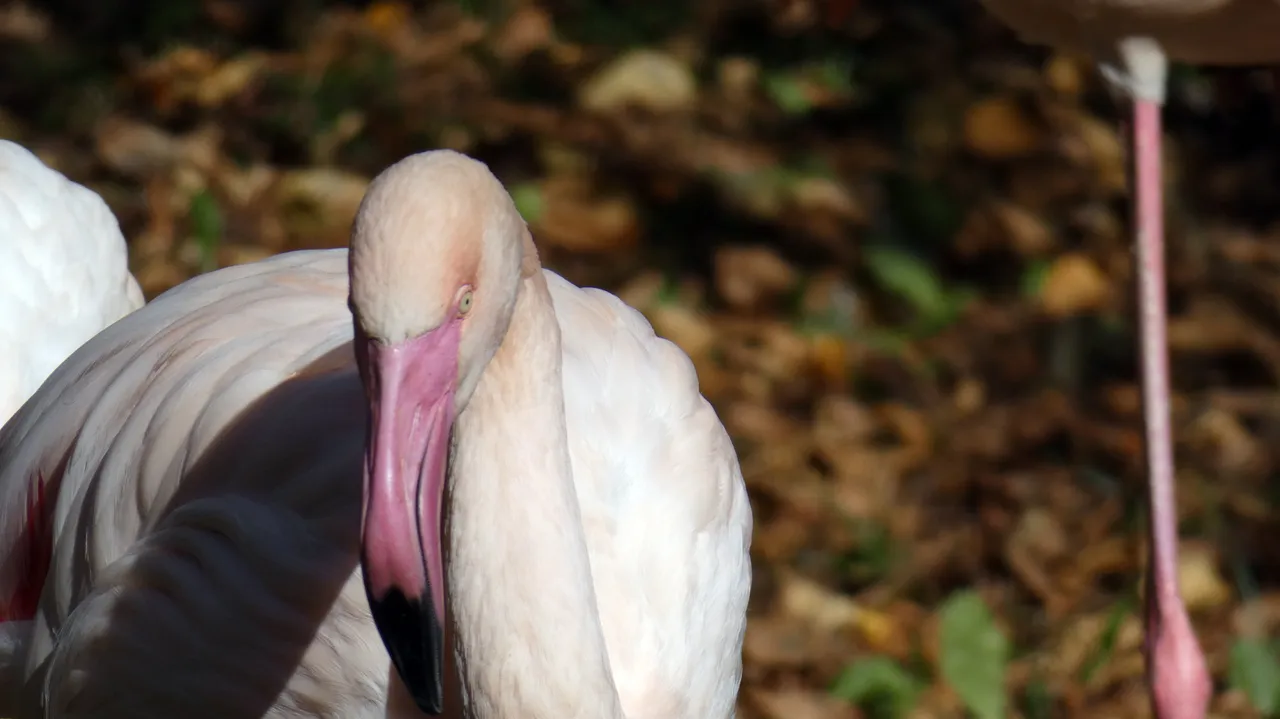
It is the carotene compounds contained in crustaceans that give flamingos such a beautiful pink color. In the conditions of life in the zoo, flamingos receive a special feed with the addition of natural carotene obtained from carrots.
To właśnie związkom karotenu zawartym w skorupiakach flamingi zawdzięczają tak piękne różowe ubarwienie. W warunkach życia w ZOO flamingi otrzymują specjalną karmę z dodatkiem naturalnego karotenu pozyskiwanego z marchewki.

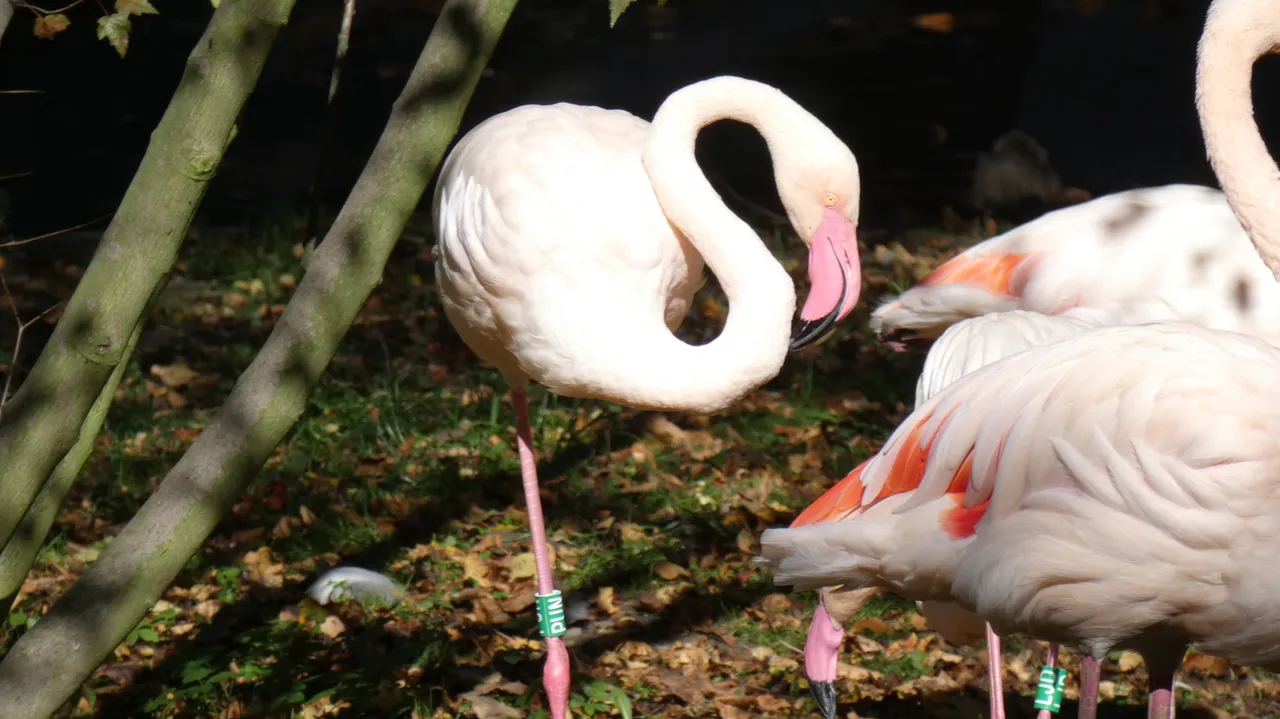
But in fact, Flamingos are born white and they get pink in a different way. These birds put an oily substance on their feathers, which emanates from the rump glands. They spread it all over the body with the help of a beak. It is this substance that provides water resistance and a pink color, because it contains a lot of carotene compounds.
Ale tak naprawdę Flamingi rodzą się białe, a kolor różowy uzyskują w inny sposób. Ptaki te bowiem nakładają na pióra oleistą substancję wydobywającą się z gruczołów kuprowych. Rozprowadzają ją po całym ciele przy pomocy dziobu. Ta właśnie substancja zapewnia wodoodporność oraz różowy kolor, gdyż zawiera dużo związków karotenu.
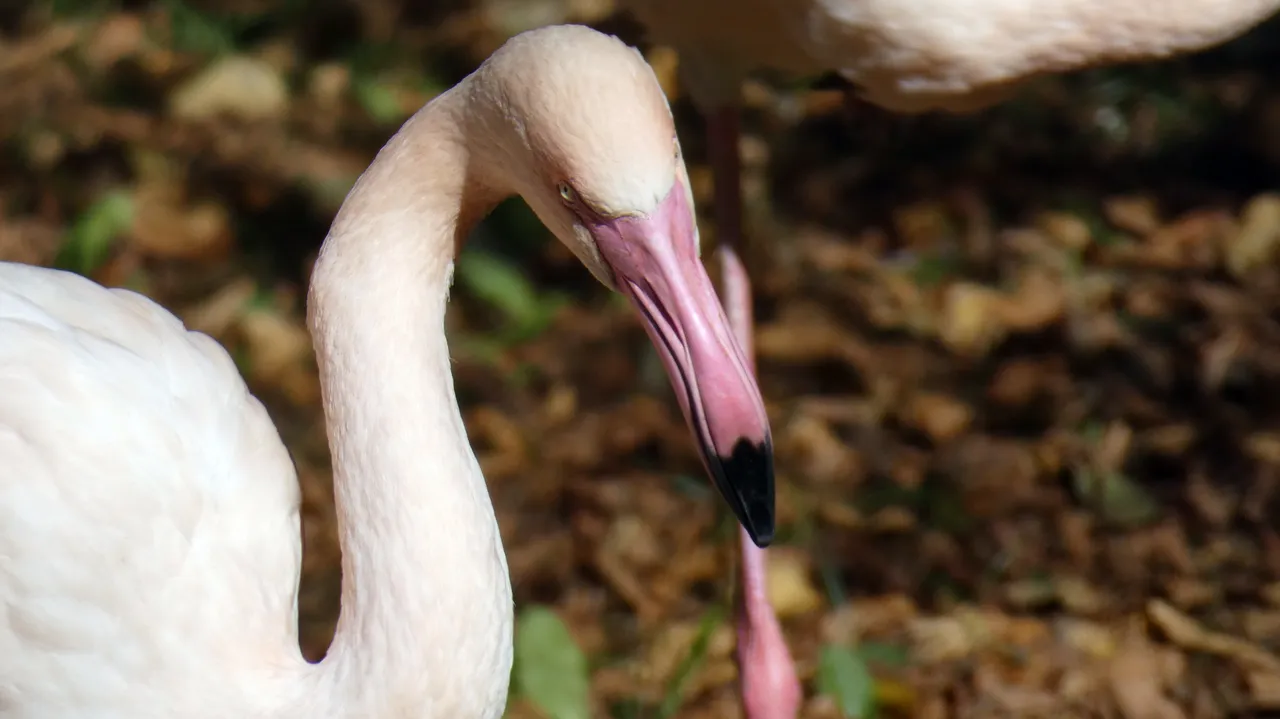
Flamingos in Europe and Poland
Flamingi w Europie i w Polsce
Yes it's true. Due to global warming, flamingos change their flight routes. In 2006, several pieces of pink flamingos were seen in Poland in the Nida Valley.
Tak to prawda. Ze względu na ocieplenie klimatu, flamingi zmieniają trasy swoich lotów. W 2006 roku widziano kilka sztuk flamingów różowych w Polsce w Dolinie Nidy.

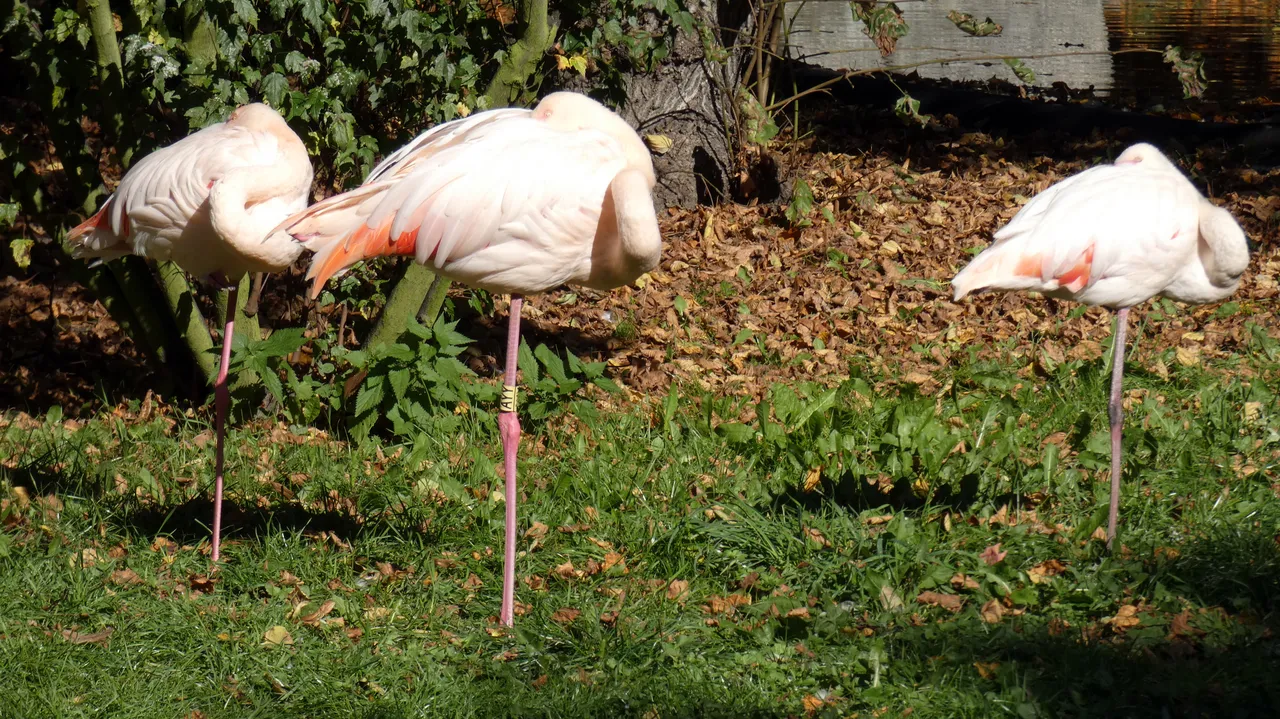

Life in a herd
Życie w stadzie
Flamingos live in large flocks for the sake of safety. In a group, they are virtually untouchable. They can quickly take to the air even in a herd of several thousand people, flying in one direction. And the curiosity is that we still do not know why this is happening. Flamingos are long-lived and can live for several dozen years.
Flamingi żyją w wielkich stadach ze względu na bezpieczeństwo. W grupie są praktycznie nietykalne. Potrafią błyskawicznie nawet w kilkutysięcznym stadzie jednocześnie wzbić się w powietrze lecąc w jednym kierunku. A ciekawostka jest taka, ze do dzisiaj nie wiemy dlaczego tak się dzieje. Flamingi są długowieczne i potrafią żyć nawet kilkadziesiąt lat.

